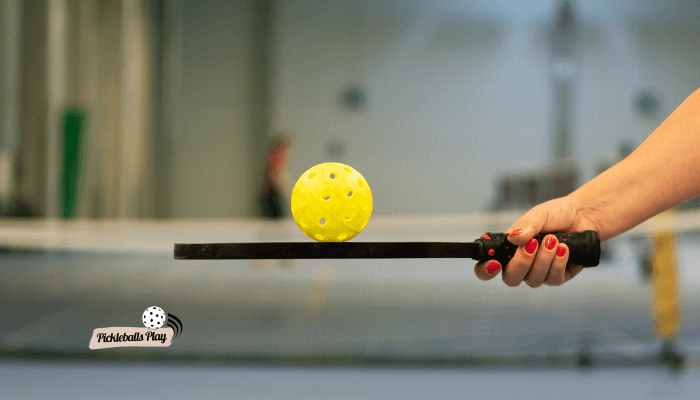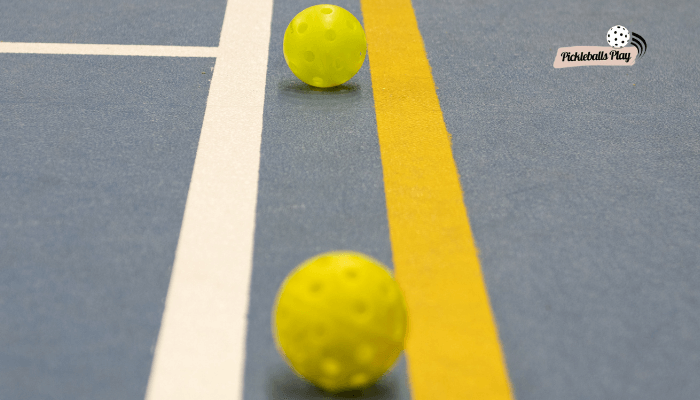Are you wondering when to switch sides in a pickleball game? Well, you’ve come to the right place! I’m going to dive into all the details about this unique rule in this engaging article.
What is Switching Sides in Pickleball?
Switching sides refers to a strategy where a player starts the game on one side and then switches to the other side after serving. It’s a clever move because you don’t have to reveal your hand to your opponents like you would in stacking.

Here’s the deal: you begin with the traditional position and as the game progresses, you can move towards your server. Whether you decide to stay or switch can be done quickly with a signal to your partner. It’s all about teamwork!
Switching sides also allows you to fool your opponents. By switching during the game, you can confuse them, and if you choose not to switch, you can always return to your original positions. It’s a sneaky strategy that can help you play with ease and throw off your opponent’s game.
When to Switch Sides in Pickleball
Here’s the deal: both partners in a pickleball game have one goal – to win. And when you’re standing on the even side, you have a higher chance of winning points. The opponents are positioned across from each other, creating an alignment that can give you a competitive edge.
Enter the pickleball stacking strategy. This technique allows you to achieve powerful and extreme play. But remember, there are rules to follow. Here are some general guidelines for when to stack or switch sides:
- Players should serve the ball from the same side of the court.
- A player may serve the ball to the same side as their own.
- The non-serving player should hit the ball on return, and the correct serving player should hit the ball on serve.
Keep in mind that pickleball stacking is legal as long as the server follows the original guidelines. It’s important to avoid crossing the net plane to keep things fair.
Can You Switch Sides When Serving in Pickleball?
When it comes to serving in pickleball, there’s a rule in place to keep the game fair and balanced. After each point is won by the serving team, you switch sides of the court. This ensures that every player has an equal opportunity to serve and prevents one player from dominating the game.
So, remember to switch sides after each point is won when playing pickleball. It’s all about maintaining balance and making the game enjoyable for everyone.

FAQs
What Is Switching in Pickleball?
Switching and stacking are variations of each other. Players start on their ‘traditional’ side and switch sides after a serve instead of both players starting on one side. It adds an element of surprise to the game!
Do You Switch Sides Every Serve in Pickleball?
When the server scores a point, they move to the left side (odd court) and serve to the diagonally opposite court. Players on the serving side change positions from right to left or left to right with every scoring point. It’s not a rule to switch sides unless a point is scored.
Can a Player Serve From the Left Side in a Pickleball Game?
In pickleball, serving from the right service court is best when the score is even. If the score is odd, a player may serve from the left service court. It’s all about strategizing and maximizing your chances of success!
Can a Player Return a Serve in the Pickleball Game?
A player who doesn’t return a serve in pickleball commits a fault. The receiver should let the ball bounce once on their side before returning it. Timing is everything in this game!
Is It Ok To Switch Hands in Pickleball?
Absolutely! Switching hands is allowed in pickleball, and players often do it to enhance their shots. It’s important to understand the rules and techniques behind switching hands to excel in the game. Embrace the versatility!
Conclusion
Now that you know when to switch sides in pickleball, you and your partner are ready to take on your next match! Don’t forget to practice switching with your partner beforehand to hone your skills.
Set up triggers to communicate whether you’ll be switching as the serving team (vocal) or as the returning team (hand signals). Make switching a seamless part of your game by practicing with your partner(s). Get ready to wow everyone on the court!



